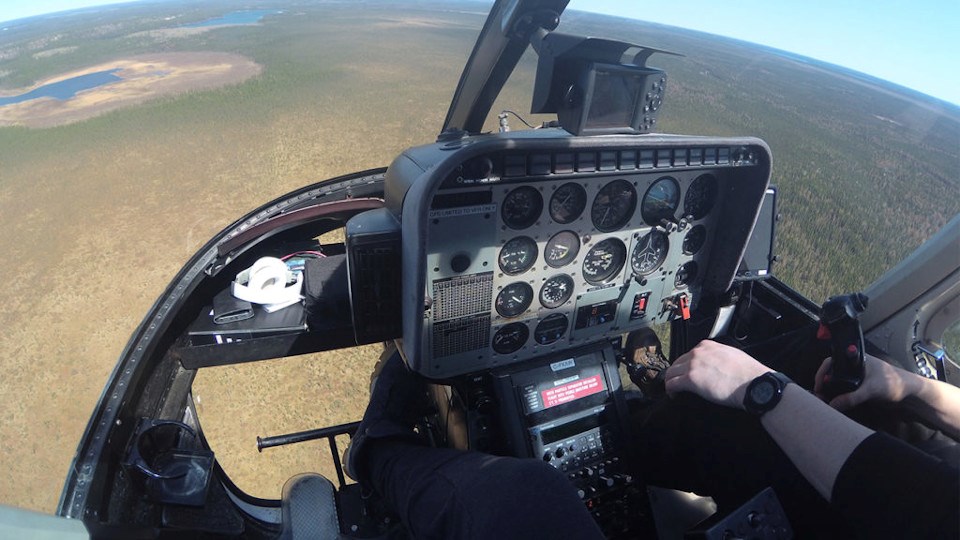It's unclear if construction on a Ring of Fire supply road can proceed without consensus by First Nation communities across the James Bay region.
Don Parkinson, a consultation lead working for Webequie First Nation, didn't directly answer that question posed to him in an Oct. 6 virtual community meeting over whether road development will be allowed to begin without approval by nearby and outlying communities, like Neskantaga First Nation, with publicly expressed opposition to the project.
"My response to that is: let's talk openly about the project and get these issues on the table and then we can look at solutions," he said, in inviting those communities to come forward to share their issues and concerns.
Twenty-one First Nations and one Métis community are being engaged on the road project as part of the environmental assessment process.
Parkinson is a consultant with SNC-Lavalin, the firm hired to provide Webequie with environmental and engineering support as part of the combined provincial and federal environmental assessment (EA) process.
SNC's engagement team held a virtual meeting to go over the terms of reference, or the upcoming work plan, for how the assessment process for the supply road will be conducted.
The Webequie supply road is the first Indigenous-led environmental assessment in Ontario. How the process is being carried out is determined by a set of rules and values based on the community's traditional use of the land.
Parkinson reminded all that this assessment for the supply road has nothing to do with the actual Ring of Mine mine projects, nor the longer north-south ore haul road that will connect Webequie and Marten Falls First Nation with the provincial highway network for the first time.
It's a supply road connecting Webequie, the closest community to the remote mineral belt, to benefit from opportunities supporting mine development and exploration activity in the Ring.
The 107-kilometre road runs east from the Webequie Airport to the McFaulds Lake area where exploration activity is taking place.
The proposed two-lane gravel road, 35 metres wide, will involve bridges, culverts, aggregate pits and quarries, and a construction camp with various storage and laydown areas.
With the community's input, engineers have come up with a general route to follow to minimize environmental impact and reduce disturbance to wildlife and aquatic habitats, natural and cultural significant features on the land, hunting areas, and surface sources of water.
In fielding questions from viewers, Parkinson said the supply road is not connected to Noront's mine projects, but is regarded as an entirely separate project.
The tentative schedule for the EA to be approved is 2022, but there are a lot of factors in play, he said.
It's unclear how extensive or prolonged Ottawa's new federal impact assessment process will be. Noront Resources, the lead mine developer in the Ring of Fire, is hoping the combined federal and provincial environmental process goes smoothly in preparation for the anticipated start of production at its Eagle's Nest nickel mine in mid-2025.
Despite Webequie being the supply road proponent for the environmental assessment, Parkinson said it's not been decided who will eventual own the road.
"We get that question a lot," he said. "That's something to be determined at a later date."
And there's no indication as to how the road will be financed at this point, he said.
Want to read more stories about business in the North? Subscribe to our newsletter.
Parkinson said there are challenges to constructing a road through the floating vegetation of muskeg, but to establish a firm road base there are a number of "tried and tested" techniques that can be deployed in this type of terrain to more evenly redistribute the weight on the road and minimize environmental disturbance.
"We're confident that that can be engineered successfully."




